by Pat Gambao and Markus del Pilar
After 14 years, church people assembled for the most awaited occasion—the 8th Congress of the Christians for National Liberation (CNL), an allied organization of the National Democratic Front of the Philippines (NDFP). Everyone was excited to share experiences and lessons from more than a decade of revolutionary work since the 7th Congress in 2003. Although the members occasionally bumped into each other during church activities in the urban areas or in the countryside, nothing much transpired beyond exchanges of warm smiles, handshakes and embraces and some brief pleasantries.
Site of the CNL 8th Congress was a guerrilla zone in the Southern Philippines. A company of red fighters ushered the more than 50 official delegates, together with some visitors and CNL staff into the bastion of the guerrilla front. The regional delegates came from Ilocos and Cordillera, Central Luzon, Southern Tagalog, Bicol, Panay, Negros, Central Visayas and the five regions of Mindanao. Full of excitement and with high morale, unmindful of the backpack-full of personal belongings and documents, the bishops, priests, pastors, nuns, deacons and laity, untiringly trekked the long path to the venue. 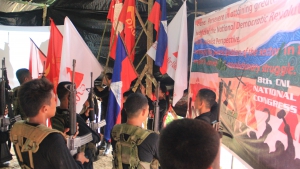
The 8th Congress was significant as it ended the 14-year gap in assembling its members. It was doubly significant because it was held months after the historic Second Congress of the Communist Party of the Philippines (CPP).
“Persevere in attaining greater heights of the national democratic revolution with a socialist perspective. Intensify the participation of the sector in the people’s armed revolutionary struggle.” Thus, declared the 8th Congress theme. It was a response to the call to attain the advance substage of the strategic defensive laid down during the Second Congress of the CPP. It also paid homage to the 44th anniversary of the NDFP.
The Congress aimed to unite the delegates in the understanding and analysis of the current situation in relation to the strategy and policy of the united front, as well as to reap lessons from the revolutionary practice of the organization in the past 14 years. Its particular objectives were: (1) to review the documents that guided its work, such as its orientation, program, tasks, and Constitution and to come up with proposals, resolutions and amendments to refine and affirm these documents; (2) to elect its new set of officers; and, (3) to celebrate its 45th founding anniversary and pay tribute to the martyrs who offered their lives to the people’s democratic revolution.
CNL was one of the pillars of the NDFP which was formally organized on April 24, 1973 as the revolutionary united front organization that gathers together all progressive classes, sectors and forces struggling to attain national and social liberation of the Filipino people. The CNL’s orientation and program was patterned after the initial 10-point program of the NDFP.
The assembly reflected on the 14 years of experiences and achievements of the organization. These included the involvement in major mass campaigns against corruption, human rights violations, large-scale mining, public services privatization and for the resumption of peace negotiations between the NDFP and the Government of the Republic of the Philippines (GRP). The CNL also supports the struggles of the peasantry, workers, urban poor, migrants, and the national minorities. These efforts have resulted in the expansion of the organization’s reach to middle forces and allies and strengthened the support to the revolutionary fronts. The CNL also took up the Cherish the Army campaign and encouraged the integration of its members in the guerrilla zones.
The participants also delved into the weaknesses of the organization in carrying out its tasks. Among those noted were conservatism, bureaucratism, liberalism, individualism, sectarianism and sluggishness in their method of revolutionary work. Like true Marxists, they graciously accepted their shortcomings after profound discussions and resolved to rectify and overcome these weaknesses.
Moro and christians
It’s significant to point out that the CNL 8th Congress was held in a guerrilla front where the residents are predominantly Moro. They enthusiastically welcomed the CNL delegates. The delegates’ integration with the Moro masses has given them a clear insight on the Moro situation and struggle for self-determination and against national oppression. Meanwhile, the Moro masses were delighted with their interaction with the delegates. They arrived at a common understanding that the problem in Mindanao is not about religion, but about the worsening exploitation and poverty, both of the Moro and Christians. They also shared the common experience that despite the peace talks and agreements between the GRP and the MILF, and between the GRP and NDFP, attacks by government forces on the communities continue and that grave abuses, harassments and destruction of the environment by big foreign corporations and mining companies have adversely affected their livelihood.
One Congress participant noted: “Our brother Moro were grateful that the Congress was held in their place. They were greatly honored that this historic chapter in the revolutionary movement happened here and that they appreciated being given a glimpse of the expanse—from Luzon and VIsayas to Mindanao—of the revolutionary forces who like them are waging a revolution to attain real freedom and just peace.”
For the preparations, the red army of the two guerrilla fronts that hosted the event acknowledged the big help by the masses of their areas and some from the city. They took care of the transportation needs, ensured the security of the participants, as well as the venue and its surroundings. They prepared the meals and even set up cultural productions.
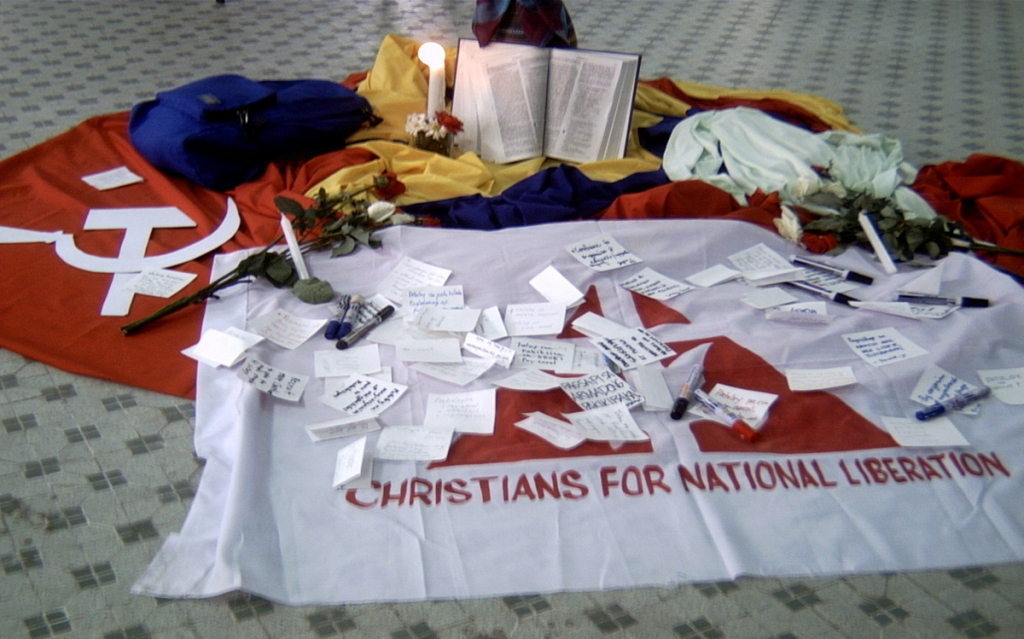
The new CNL leadership
Just as historic was the election for the first time of a nun to chair the CNL. In her acceptance speech, Sister Puah said,” I know the tasks entrusted to us are not easy. But I am confident that with our collective efforts, we will better enhance our work to meaningfully contribute to the people’s democratic revolution.”
Sister Puah’s involvement in ecclesiastical work has been long and vibrant. “Pope Francis is my idol. He said ‘Get out. Get messy in the mud.’ Literally, my back got muddy on my way here” she jested, adding proudly:
“I felt I was restricted in the passion for justice, peace, gospel imperative and church teachings that was why I didn’t just stay in the confines of the convent. I defied my superiors. As a religious, I knew that the CNL was the right place for me to be able to truly serve God and the people.”
“I have been listening to various sectors of Philippine society,” she disclosed. After several years as a religious, I do not believe anymore in the institutional church, but, rather, the church as a people of God. The voice of the people is the voice of God.”
Congress resolutions
To help in the recruitment, expansion and alliance work of its leadership bodies, the Congress resolved to conduct a deeper study of the system of other church institutions. It also resolved to develop a curriculum for CNL activists and conduct continued trainings and mass work to equip the members in organizing work; and also to develop a staunch solidarity with the basic sectors and to deploy members to basic sector organizations both in the urban areas and in the countryside.
Other resolutions adopted called for the continuation of the GRP-NDFP peace talks and a principled engagement with the Duterte administration regarding the issues of extrajudicial killing and human rights violations due to the anti-drug campaign and the military counterinsurgency operations.
Birth and burgeoning of CNL
The Christians for National Liberation (CNL) was organized on February 17, 1972 before Ferdinand Marcos declared Martial Law. The date was chosen to coincide with the centennial of the martyrdom of the three Filipino priests—Fathers Gomez, Burgos and Zamora—who fought for secularization and Filipinization of the Church during the Spanish colonial rule. Progressive and nationalist clergies and laity came out of the confines of their churches into the world of their parishioners, who were burdened with nagging societal problems, to organize the CNL.
In August 1972, the CNL held its founding assembly in Manila. But just a month after, on September 21, Marcos declared martial law—stripped the citizenry of their rights and held them captive to the grim control of the military implementers. CNL was declared illegal and most of its members went underground. However, CNL has left a revolutionary legacy among the religious and they continued to serve the people, not only through the customary prayers but through palpable deeds. The church institutions served as sanctuary for victims of oppression. The CNL members offered their lives in the service of the poor, the oppressed, the disadvantaged and the marginalized. Some even left their convents, parishes, and their congregations to join the revolutionary armed struggle.
The CNL played a significant role in the historic La Tondeña workers strike for wage increase and better working conditions in 1975. Although church people had been initiated into the mass actions of workers at the picket lines long before the declaration of Martial Law, this time it was different—the fangs of state fascism were most lethal. Yet they bravely faced the police and military who attempted to break the picket line. To stand up for justice was paramount to them that no form of harassment or assault could cow them. That successful La Tondena strike broke the silence of the labor movement. From that time on, workers’ strikes in factories and establishments mushroomed, rendering the law banning strikes useless.
The same unwavering courage was shown by the religious sector during the people power uprising in 1986 that led to the fall of Marcos and the end of the dictatorial rule. The CNL’s most significant contribution to the revolution is a reservoir of cadres and red fighters.
Tribute to Heroes and Martyrs
Whatever the CNL attained in the past 45 years of revolutionary work is attributed to the unabridged commitment of its members of their strength, energy, wisdom and lives to both the legal and armed struggles. They did not hesitate to confront all odds and difficulties, even if it cost them their lives, to bring about a just society, enjoying freedom and democracy.
The Congress paid its highest tribute to the martyrs and heroes of the church whose selfless commitment to serve the masses and the revolution left an inspiring legacy to the religious sector.
A video presentation was shown of the heroes’ and martyrs’ lives and work. It mentioned that a martyred CNL member had been a political commissar of the red army battalion of the very region that hosted the Congress. He was honored, together with a church leader who just died while the delegation was on its way to the Congress.
The Bible abounds with hope. It bespeaks of rights, of justice. It attests to Christ’s advocacy for the oppressed, his standing up to them against the Empire. It affirms the morality of waging armed struggle. It showed how Gideon, the best commander in the Old Testament, led the Israelites to fight the oppressors. It also bared the many prophets who took up the cause of the exploited basic sectors of society and spread the Good News about people’s liberation.
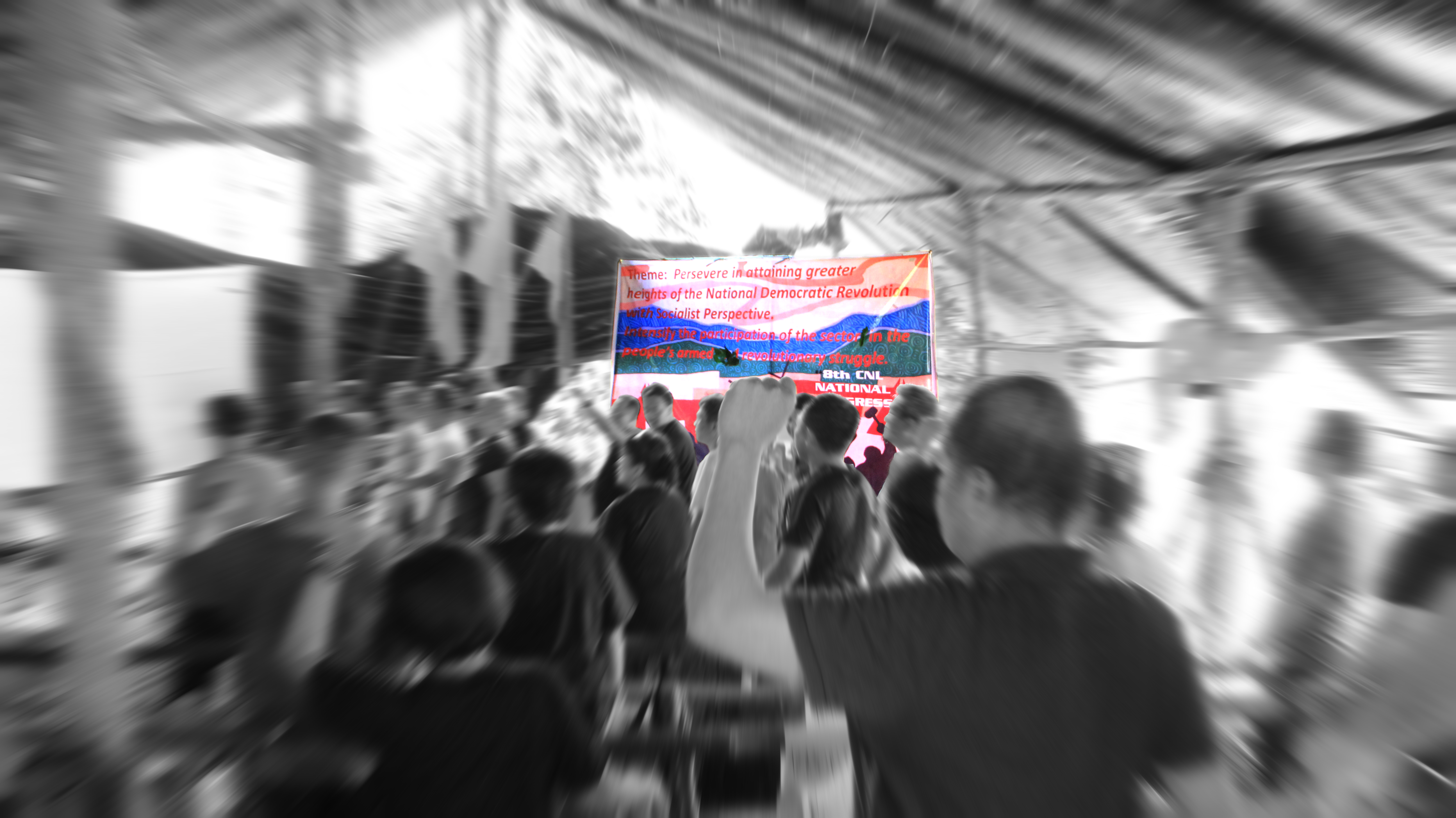

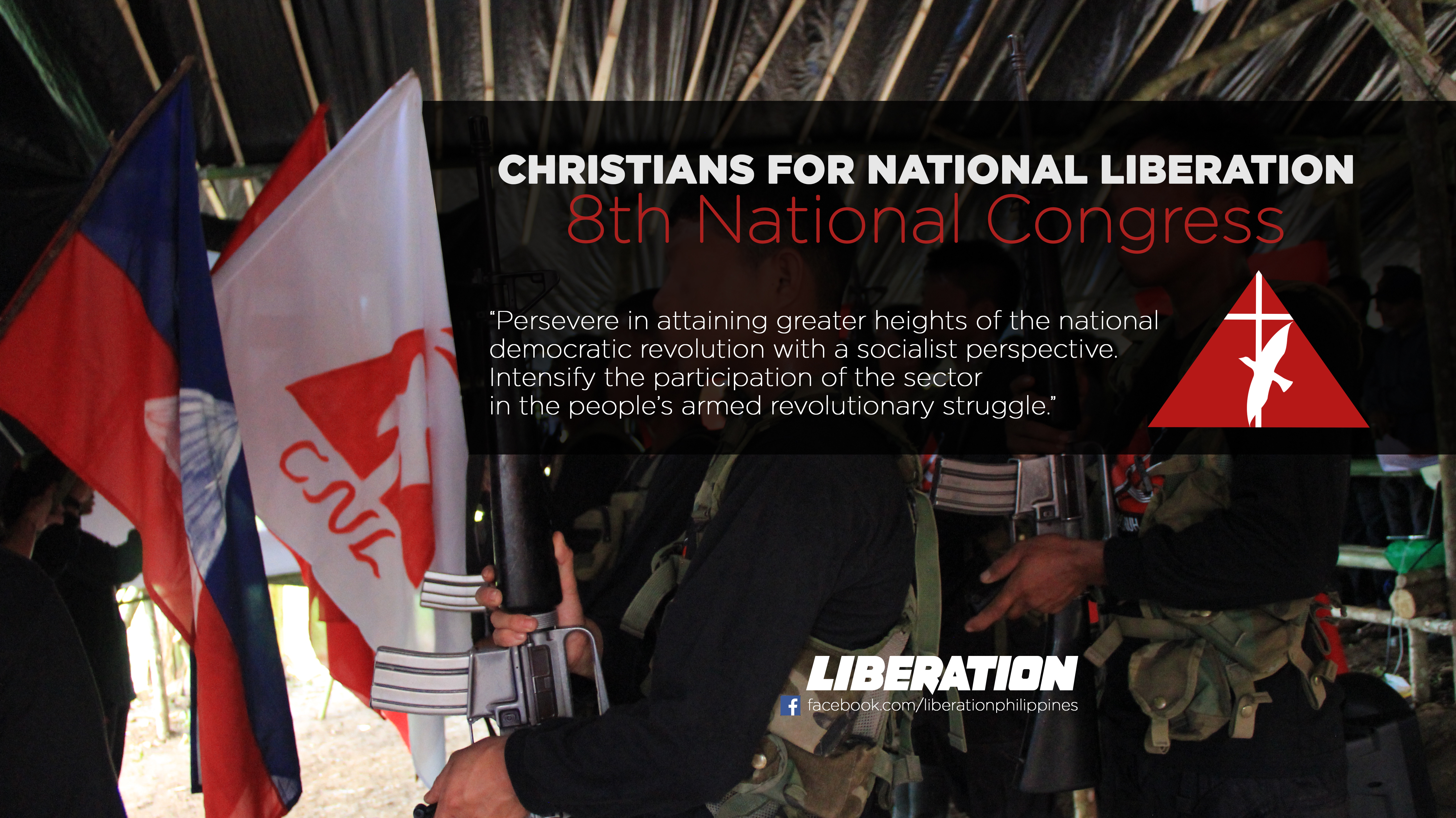
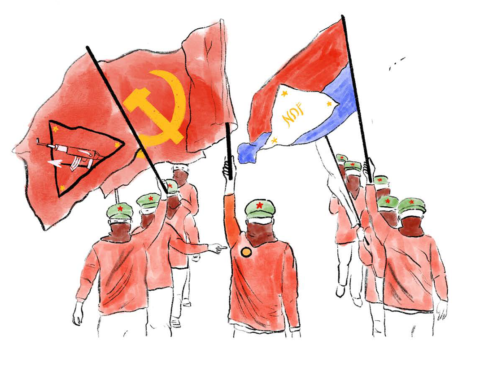


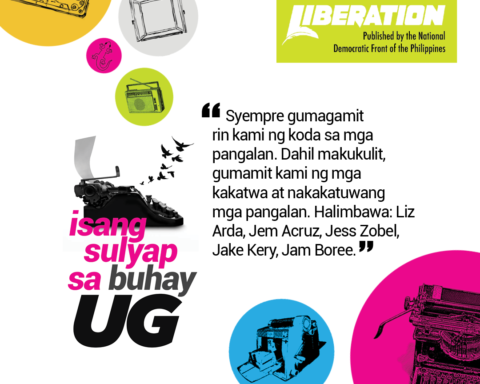

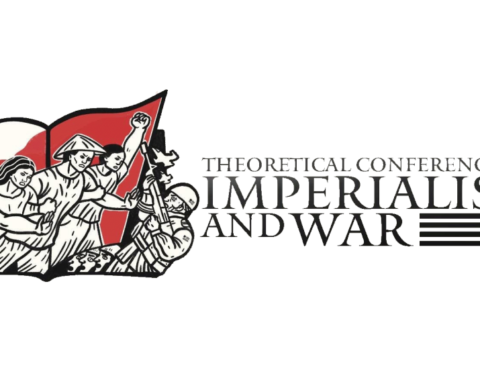
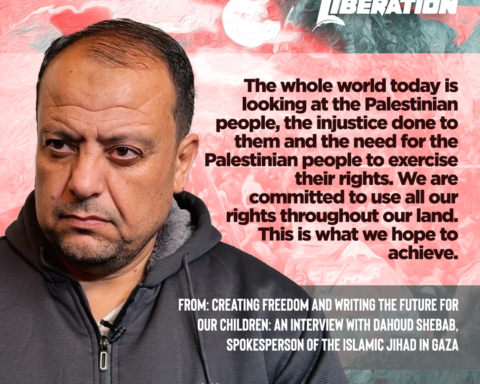
Great work! This is the type of information that should be shared
across the internet. Disgrace on the search engines for now not positioning this put up
upper! Come on over and talk over with my website .
Thank you =)